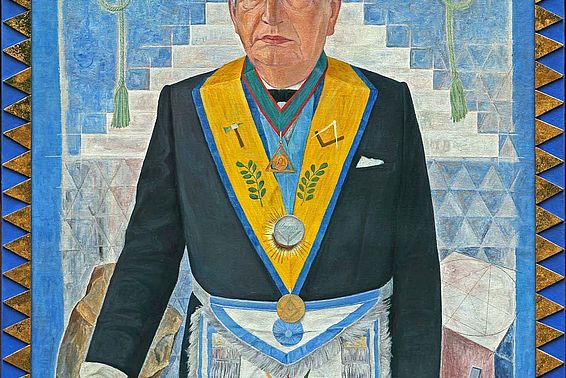300 Years of Freemasons. The True Secret
Tradition has it that the “Grand Lodge of England” was founded in 1717, beginning the history of modern freemasonry, which was to become an integral element of European intellectual and cultural history. In the exhibition “300 Years of Freemasons. The True Secret”, the Austrian National Library presents a backstage view of this both famous and mysterious brotherhood.
The first freemason lodges were places where the bourgeoisie and the liberal aristocracy could meet. Their aims and rituals were closely linked to the development of new virtues such as reliability, charitable work and fairness, and they continue to stand up for enlightenment, humanity and tolerance.
But freemasonry also has its esoteric side, often the actual “secret” for outsiders – although its symbols and rituals are well-known amongst the general public. “300 Years of Freemasons” tells the story of this mysterious movement in over 150 unique exhibits from national and international collections. Francis Stephen of Lorraine and Joseph Haydn, Joseph von Sonnenfels and Wolfgang Amadeus Mozart were amongst the most famous members in the early stages of Austrian freemasonry. However, hardly had the movement begun to flourish when a ban was imposed that was to last until 1918. In the First Republic, social policy makers, creative artists and pacifists came together in the lodges, soon attracting the hostility of the nationalists and fascists. During the Third Reich, thousands, above all Jewish members, were persecuted and murdered. After the Second World War, once again the lodges became a place where leading politicians and artists such as Fred Sinowatz, Jörg Mauthe and Karlheinz Böhm could meet, irrespective of party political interests and ideologies.

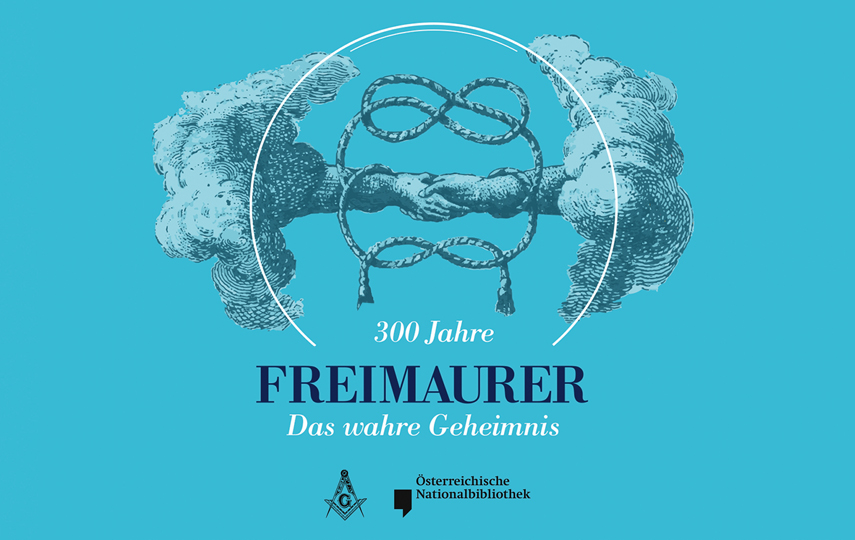
![[Translate to English:] Eintritt frei für alle unter 19 - Logo](https://webarchiv.onb.ac.at/web/20170917161322im_/https://www.onb.ac.at/fileadmin/user_upload/3_Logos/Logo_EintrittFrei_RGB_150.jpg)
![[Translate to English:] Ö1 Club Logo](https://webarchiv.onb.ac.at/web/20170917161322im_/https://www.onb.ac.at/fileadmin/user_upload/3_Logos/oe1_club.jpg)
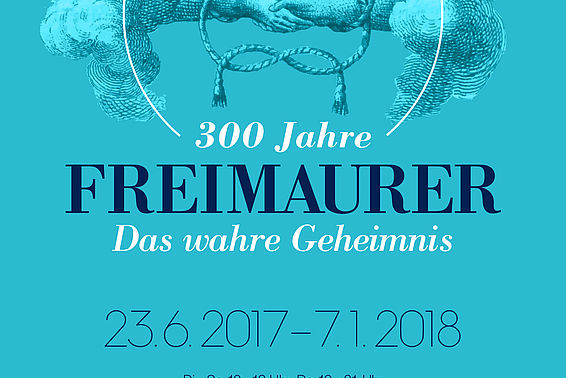
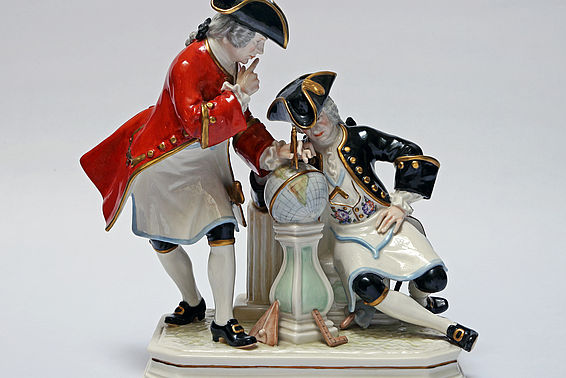
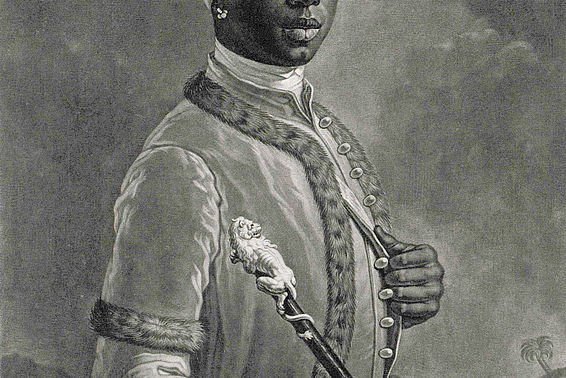
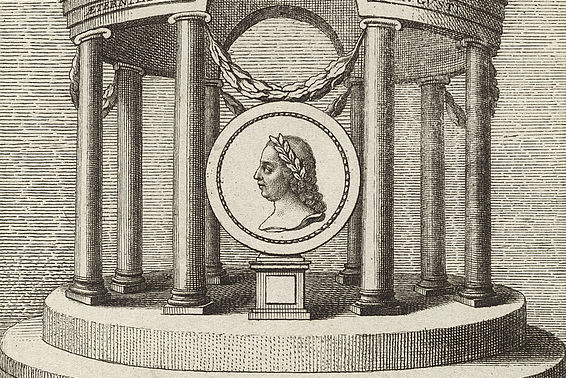
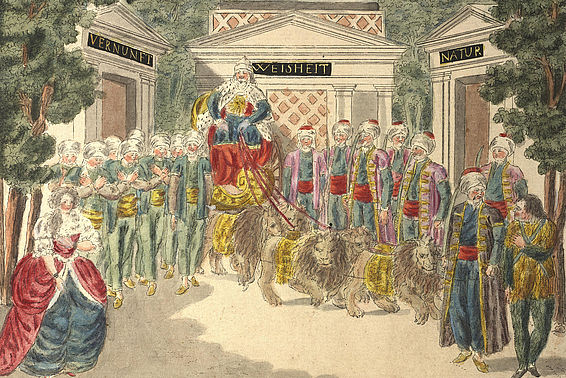
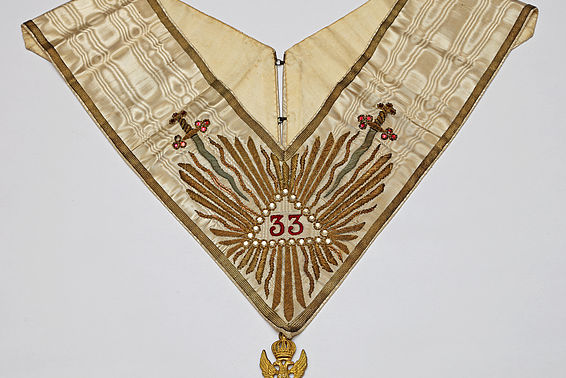
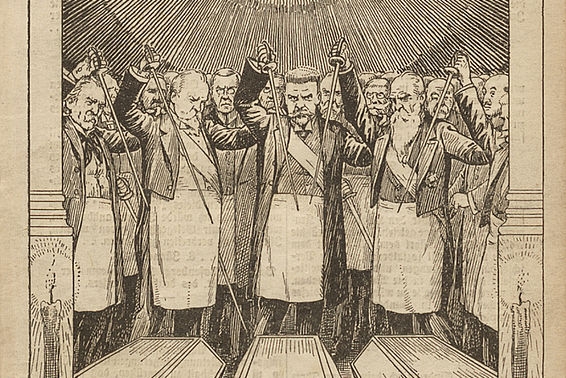
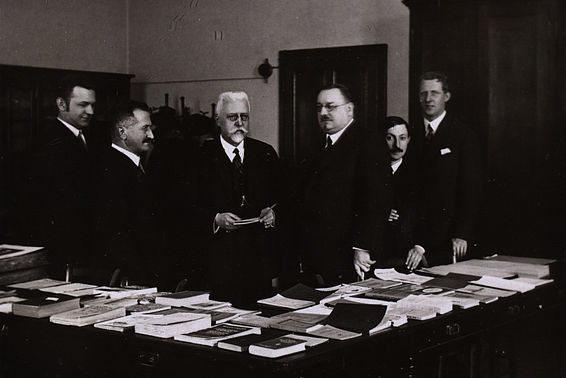
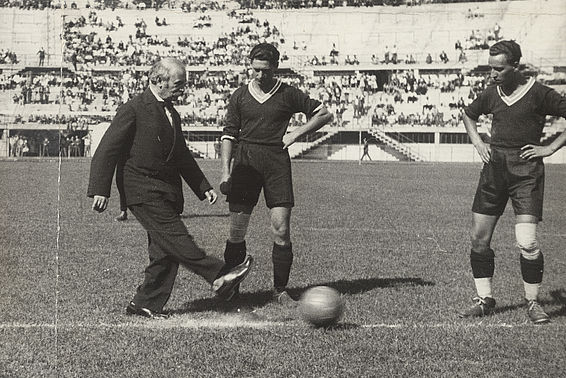
![Der Mordprozeß gegen den Juden Bauer […], Plakat, 1931 – © Österreichische Nationalbibliothek](https://webarchiv.onb.ac.at/web/20170917161322im_/https://www.onb.ac.at/fileadmin/_processed_/8/e/csm_plakat_aa0ae8e552.jpg)
